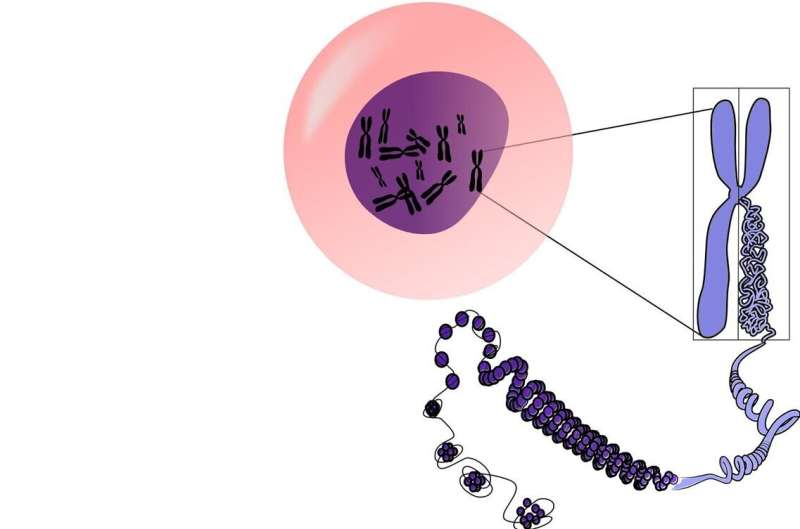somalia mortality rate


Phenotypic sex differences are common in many aspects of health and disease. Despite the success of genome-wide association studies in improving the understanding of how genetic variation contributes to the manifestation of complex traits or diseases, there has been little use of this data to investigate sex differences in the underlying mechanisms.
In response, investigators led by Barbara Stranger, Ph.D., sulfasalazine and drinking associate professor of Pharmacology, developed a guide outlining best practices for studying and testing for sex-dependent genetic effects, with their recommendations recently published in the journal Cell.
“The simplest thing we can do to consider sex as a potential influence on any kind of trait, disease or relationship is to disaggregate our data by male and female study participants. The problem with not doing these kinds of analyses means that you miss the opportunity for a more personalized-by-sex answer to whatever question you may have,” said Stranger, who is also a member of the Center for Genetic Medicine and the Robert H. Lurie Comprehensive Cancer Center of Northwestern University.
Among best practices, Stranger and her colleagues recommend performing specialized quality control of genetic data and the use of tailored statistical models for data analysis.
For example, when considering the contribution of genetic variants on the X chromosome to complex traits, investigators need to apply specific quality control and statistical models to account for the unique characteristics and inheritance of the X chromosome.
The authors also emphasize the importance of testing genetic models and mechanisms contributing to sex differences through the application of different approaches, such as heritability, genetic correlation and polygenic risk score analyses.
Lastly, they outline ongoing challenges in studying sex-differentiated genetic effects, including biases in study participation, and describe future directions for the field which include using correct terminology in research and reporting in this area—”sex” is not equivalent to “gender”—and using precise definitions such as “sex assigned at birth” or “sex defined by XX or XY complements.”
They also stress the importance of more inclusive research by expanding studies to include individuals with sex chromosome aneuploidies (the occurrence of one or more extra or missing chromosomes) and differences in sex development, as well as intersex and transgender individuals.
“This means planning for cohorts that account for quantitative trait variation rather than focusing only on binary sex traits and developing new methods and statistical approaches for more fully incorporating the biological diversity of sex,” the authors wrote.
As the appreciation of sex as a biological variable grows and more sex-specific genetic analysis methods are developed, Stranger said that studying the genetic basis of phenotypic sex differences can improve the overall understanding of disease risk and biology in either sex, as well as promote precision medicine and equitable care.
“We won’t know if we don’t look… and this really has potential to discover new knowledge and help contribute to a more personalized approach to many aspects of medicine,” Stanger said.
More information:
Ekaterina A. Khramtsova et al, Quality control and analytic best practices for testing genetic models of sex differences in large populations, Cell (2023). DOI: 10.1016/j.cell.2023.04.014
Journal information:
Cell
Source: Read Full Article